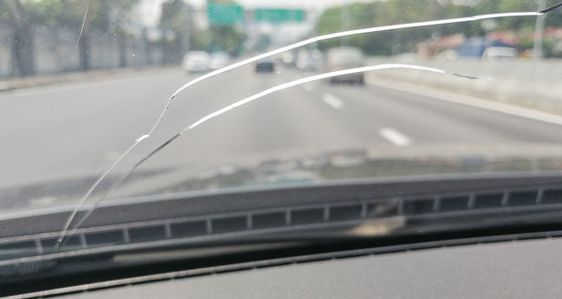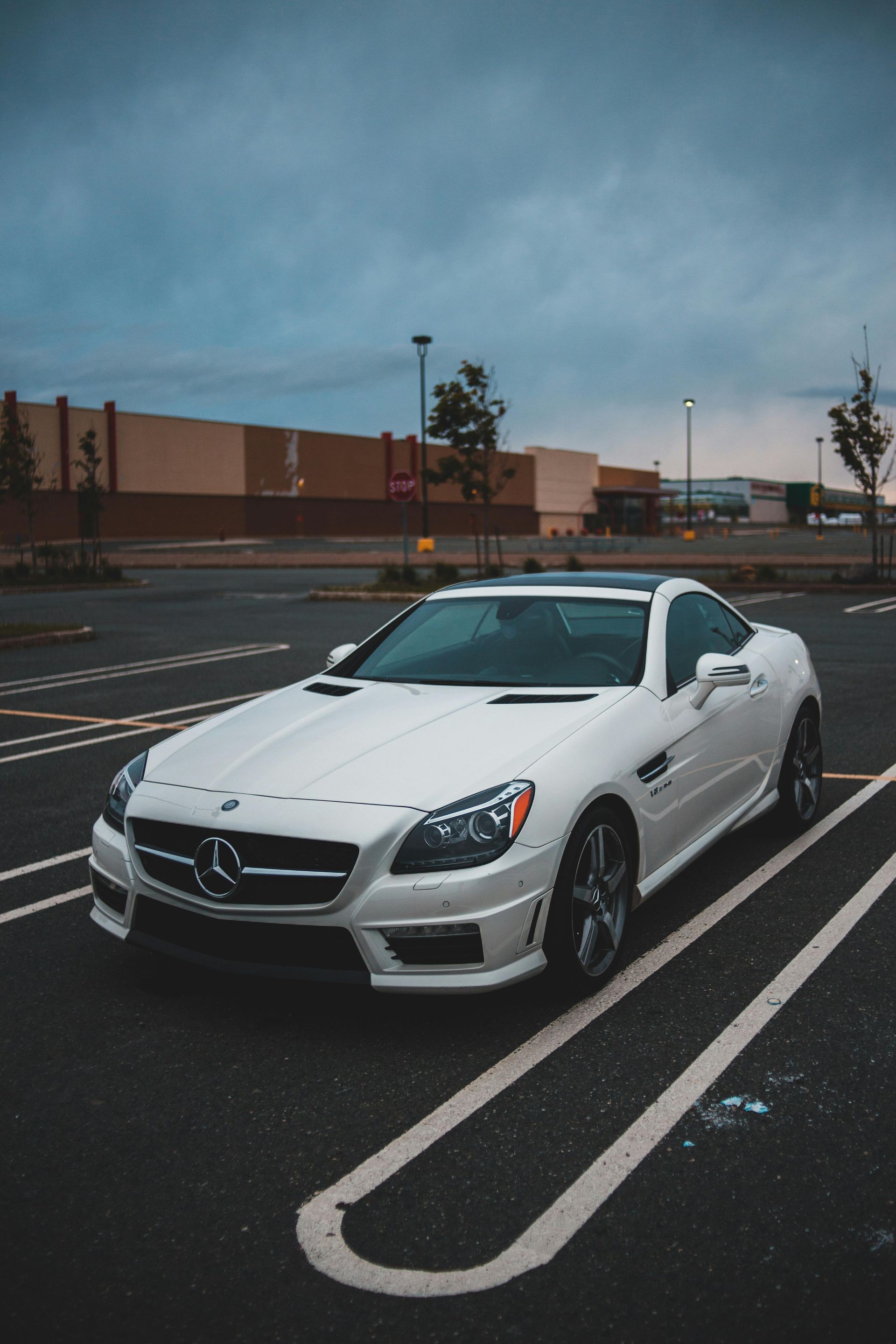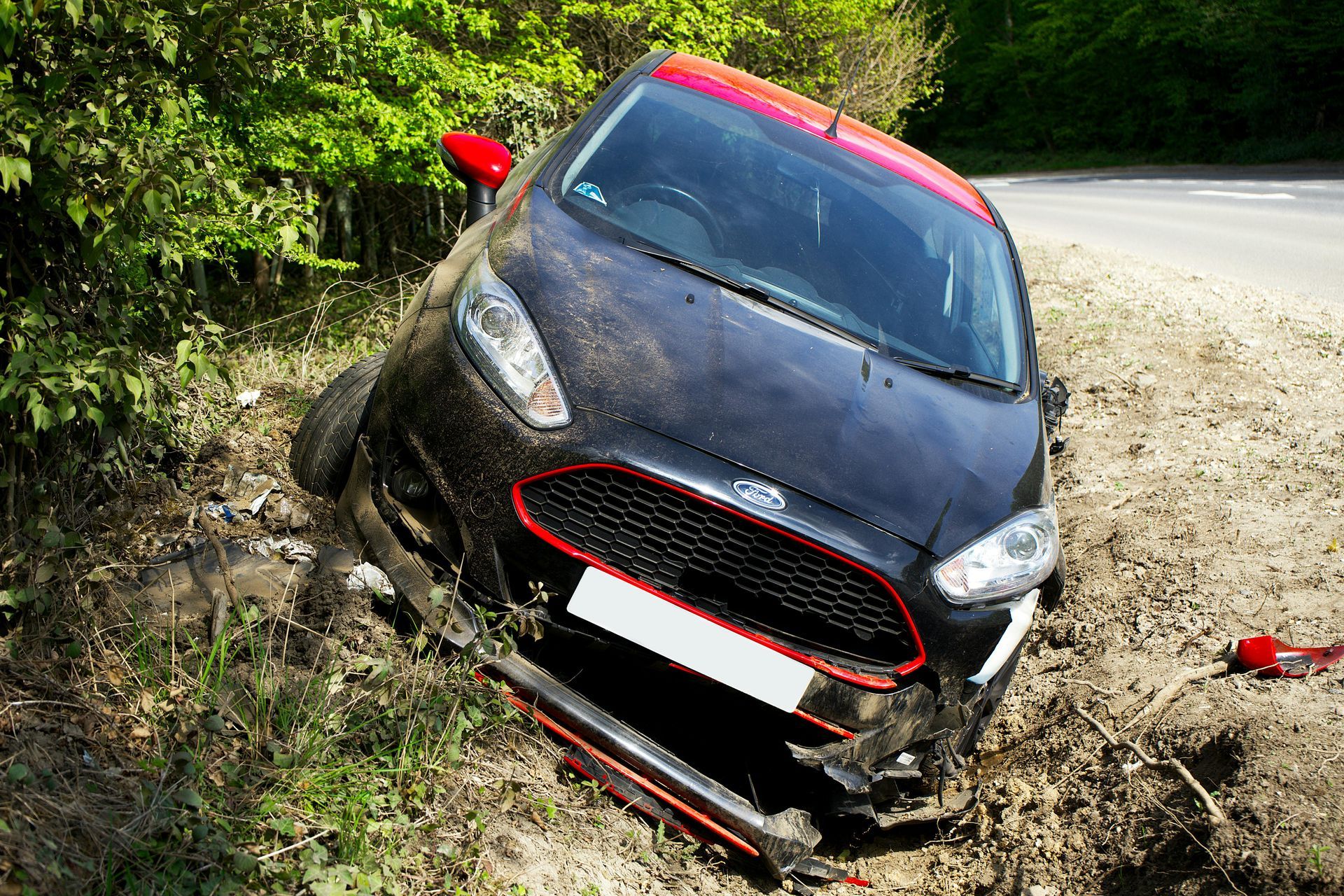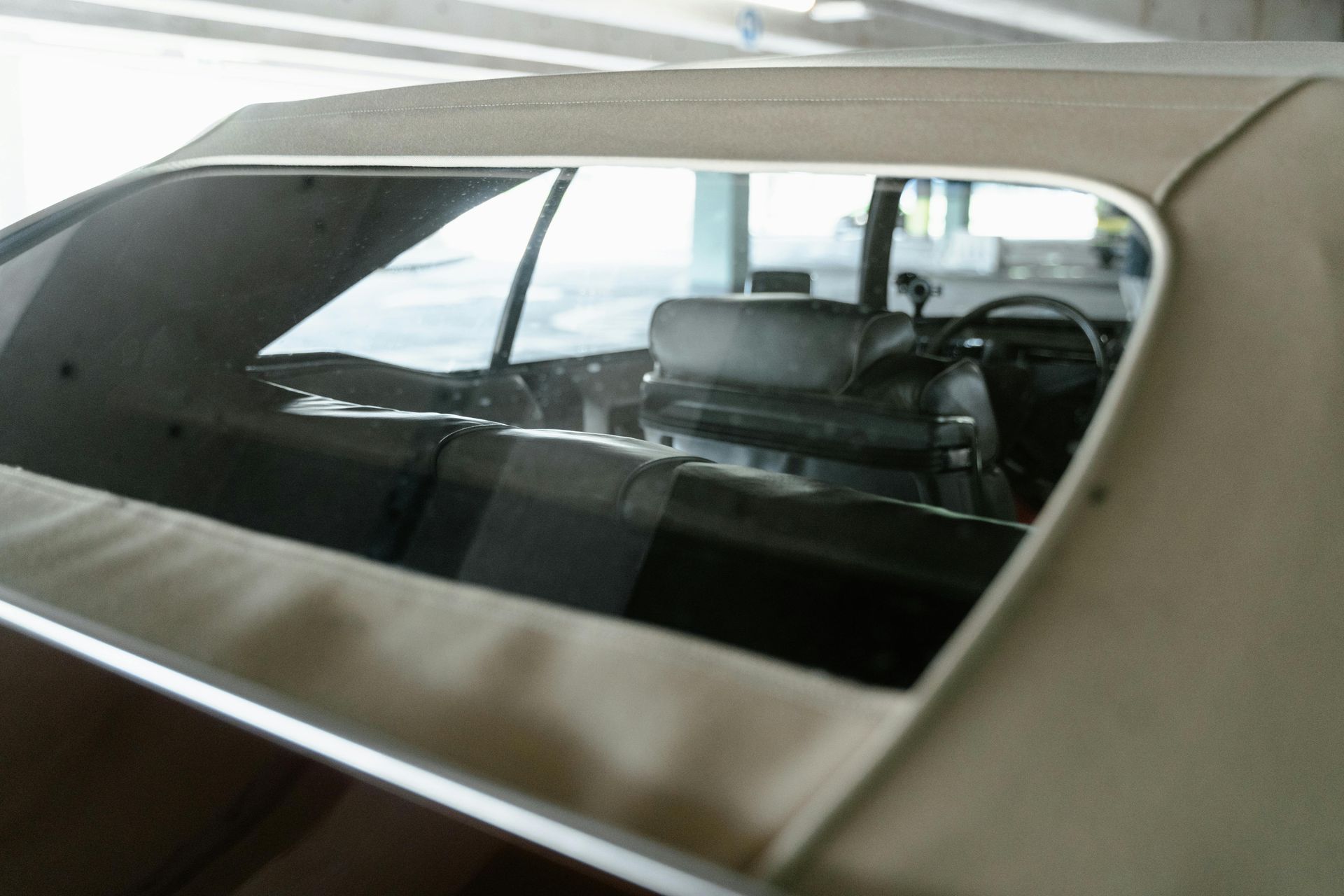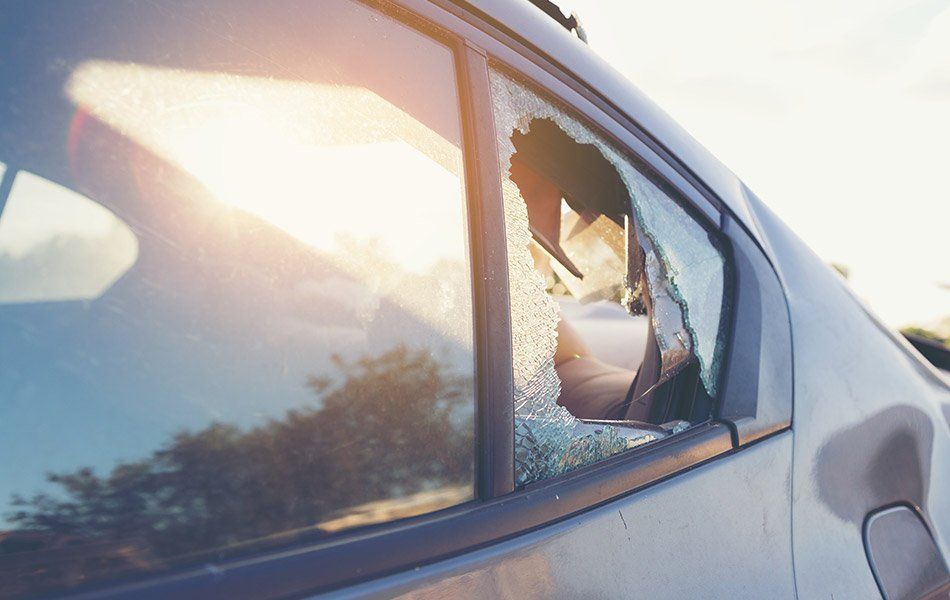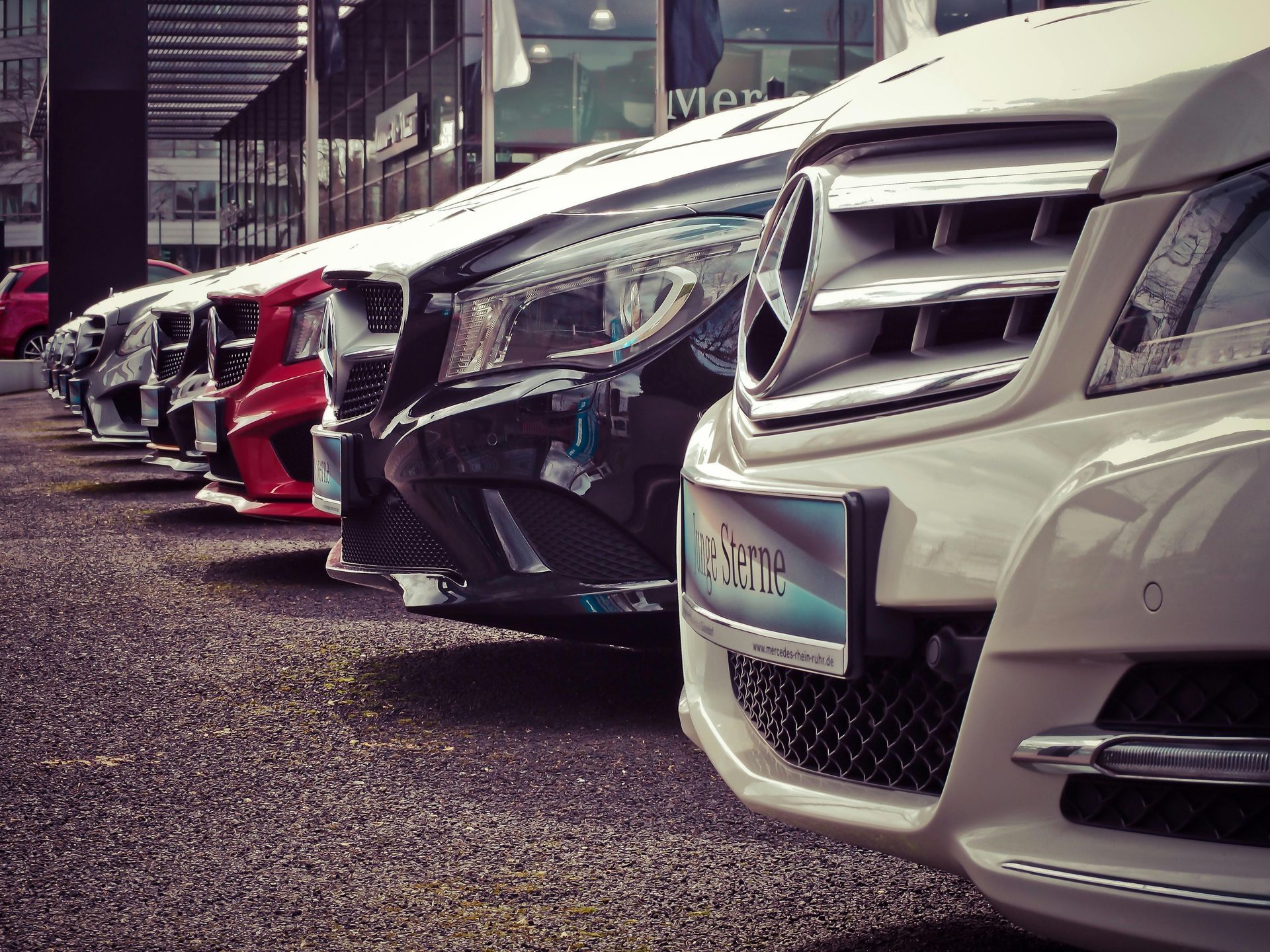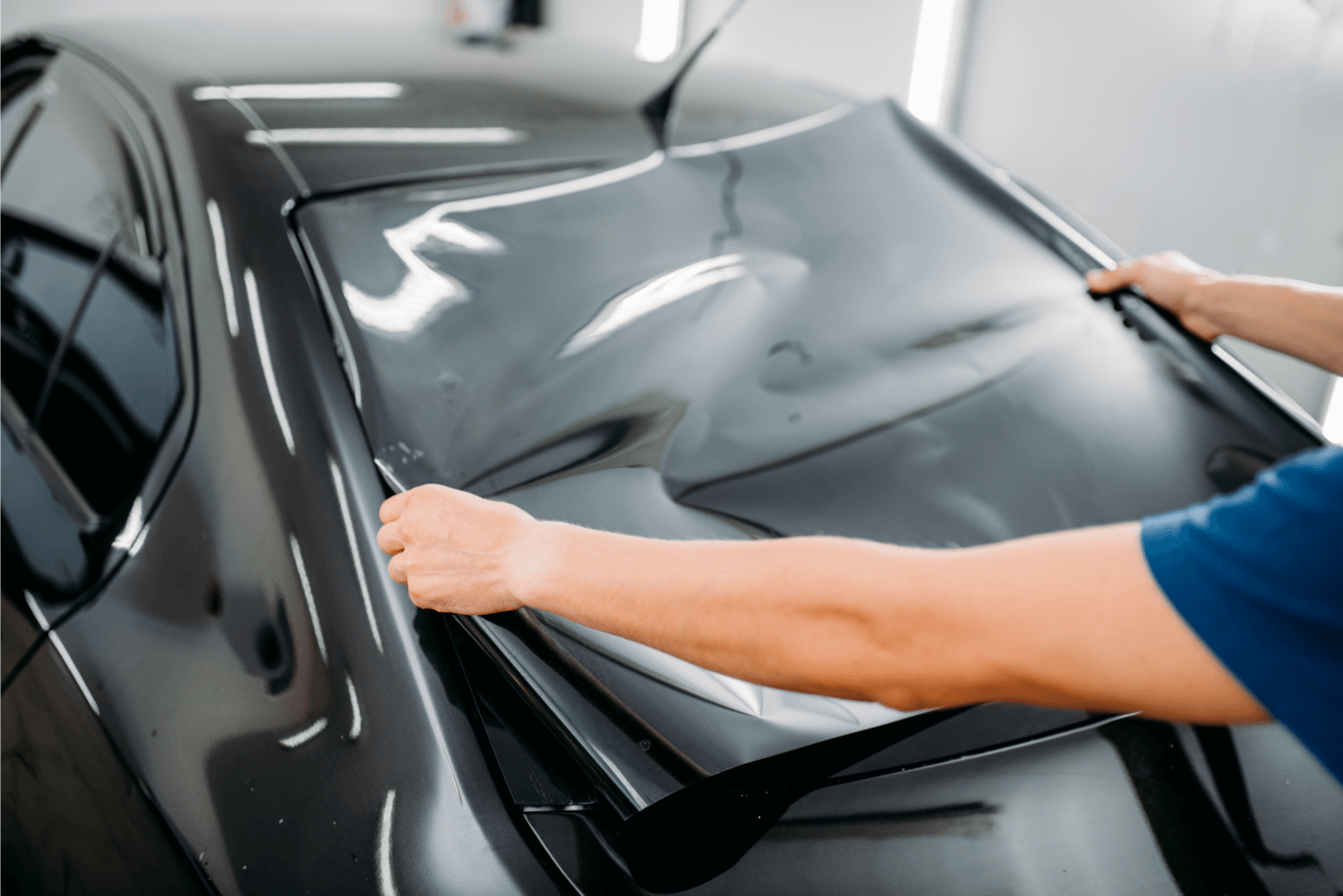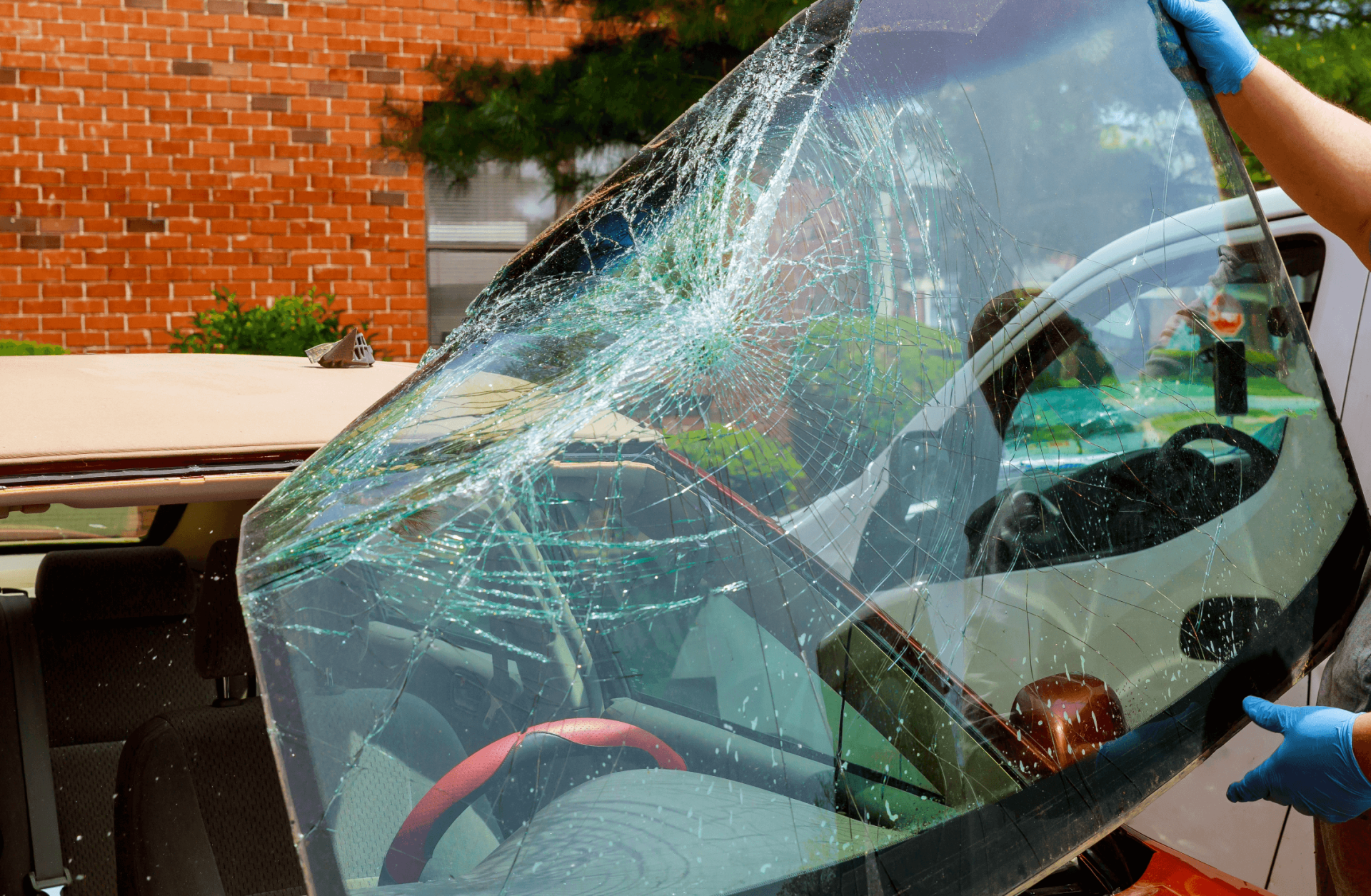Melbourne's Hailstorm Season: Protecting Your Vehicle's Glass
Melbourne's unpredictable weather patterns include a distinct hailstorm season that poses serious threats to vehicle glass. Unlike gradual wear that develops over months, hail damage occurs suddenly during severe weather events that can strike with little warning. Understanding when hailstorms are most likely, recognising the damage they cause, and taking preventive measures helps Melbourne drivers protect their vehicles from expensive glass repairs. This guide examines Melbourne's hail risk patterns and provides practical strategies for minimizing damage to your windscreen, windows, and sunroof during the storm season.
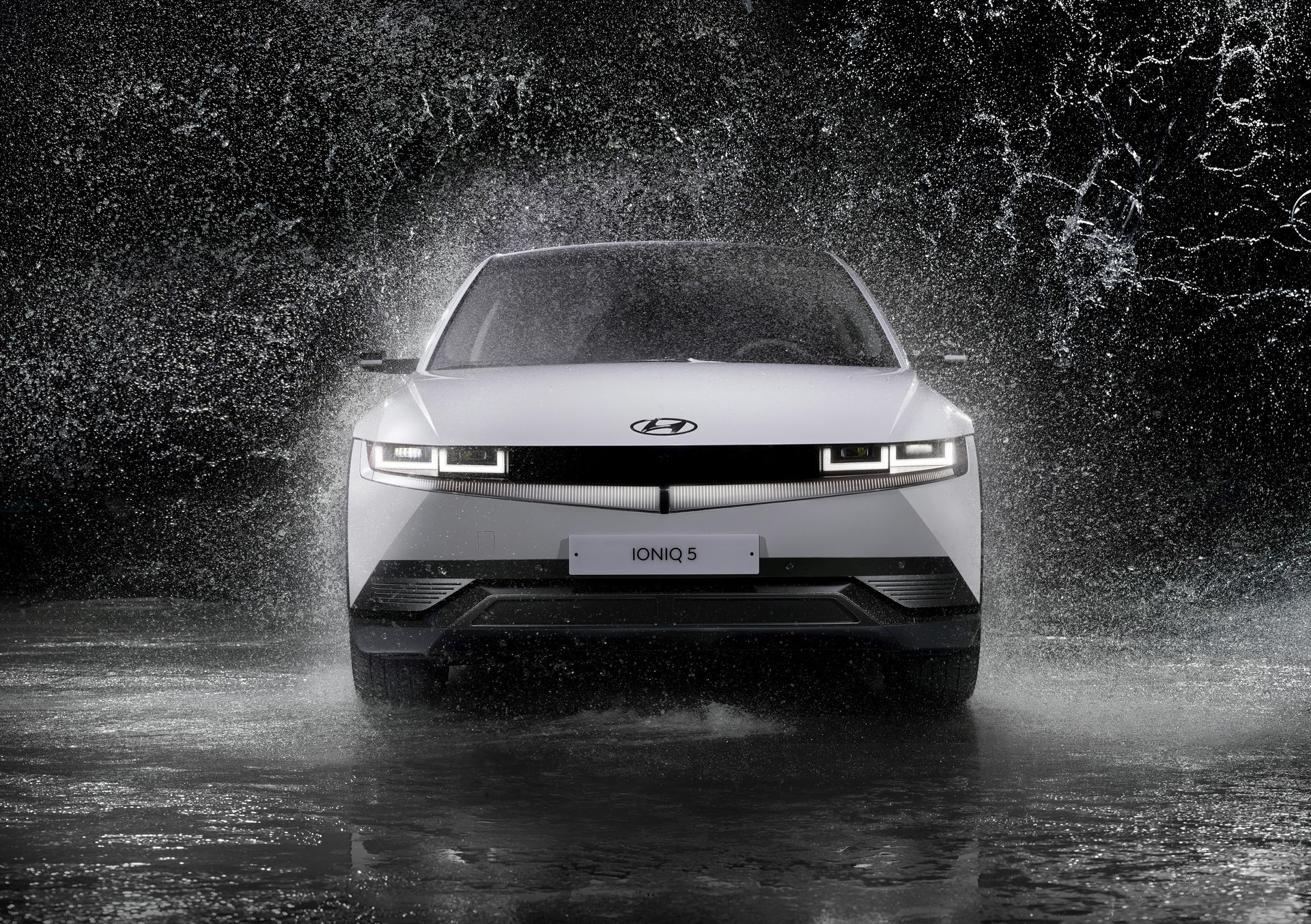
Understanding Melbourne's Hailstorm Patterns
Melbourne experiences hailstorms primarily during specific months when atmospheric conditions favor severe thunderstorm development. Recognising these patterns helps you prepare for high-risk periods and take protective action when storms approach.
Peak hail season occurs from October through March in Melbourne. These summer and early autumn months bring the intense heating and atmospheric instability necessary for severe thunderstorm formation. December and January see the highest frequency of hailstorms, though damaging events can occur throughout the extended season. Spring storms in October and November often produce particularly large hail because cooler upper atmosphere temperatures combined with surface heating create extreme temperature gradients that support hailstone growth.
Afternoon and early evening represent the highest risk periods. Most Melbourne hailstorms develop between 2 pm and 8 pm when surface heating reaches its peak. The sun warms the ground throughout the day, creating rising air currents that feed thunderstorm development. These thermal conditions are strongest in the late afternoon, explaining why severe storms frequently strike during evening commute hours when many vehicles are on roads or in exposed parking areas. Overnight and early morning hail is rare but not impossible when storm systems persist.
Geographical patterns show some Melbourne areas face a higher hail risk than others. The western and northern suburbs experience more frequent severe thunderstorms than coastal areas, with suburbs like Melton, Sunbury, and Craigieburn seeing higher hail frequencies. The CBD and inner suburbs also experience significant events, while bayside areas generally face a lower risk due to the moderating effects of Port Phillip Bay. However, no Melbourne area is immune, as severe storms can develop anywhere when conditions align.
Storm intensity varies dramatically between events. Minor hailstorms might produce pea-sized hail that causes little damage, while severe events generate golf ball-sized or larger hail capable of smashing windscreens and denting bodywork extensively. The size of hailstones depends on storm strength and how long they remain suspended in powerful updrafts, accumulating layers of ice. Supercell thunderstorms, which occasionally affect Melbourne, produce the largest and most damaging hail through exceptionally strong rotating updrafts.
Climate patterns, including La Niña and El Niño, influence Melbourne's hail risk year to year. La Niña years typically bring increased rainfall and more frequent severe thunderstorms across eastern Australia, elevating hail risk. El Niño patterns often reduce storm frequency but do not eliminate risk entirely. Understanding these broader climate patterns provides context for seasonal forecasts, though individual storm events remain difficult to predict more than a few hours in advance.
Types of Hail Damage to Vehicle Glass
Hail impacts vehicle glass in distinct ways depending on hailstone size, impact velocity, and the specific glass type affected. Understanding these damage patterns helps you assess severity and determine appropriate repair responses after storms.
- Windscreen damage from hail typically manifests as chips, cracks, or complete shattering. Small hail produces chips similar to those caused by road debris, usually circular with radiating cracks. These chips concentrate stress in the glass and can spread into larger cracks over time if not repaired. Medium-sized hail creates larger impact craters that often penetrate the outer glass layer of laminated windscreens, while the plastic interlayer prevents complete failure. Large hail can shatter windshields entirely, with the laminated construction keeping shattered glass in place but rendering the windscreen essentially destroyed and requiring immediate replacement.
- Side window and rear window damage differ from windscreen impacts because these windows use tempered glass rather than laminated construction. Tempered glass is designed to shatter completely into small pieces when broken, providing safety by eliminating large, sharp shards. Even moderate hail can completely shatter side or rear windows if impacts hit at vulnerable angles or locations. Once tempered glass begins to fail, the entire panel shatters within seconds. This total failure mode means side and rear windows either survive hailstorms intact or fail completely, with no intermediate damage states like windscreen chips.
- Sunroof and moonroof glass represent particularly vulnerable targets during hailstorms. These horizontal glass panels receive direct perpendicular impacts from falling hail, maximising the force transmitted to the glass. Sunroof glass uses tempered construction like side windows and can shatter from moderate to large hail. Some vehicles use laminated glass for sunroofs, which may survive with cracking rather than complete failure. Aftermarket sunroofs sometimes use acrylic rather than glass, which may dent rather than shatter but can develop cracks that compromise waterproofing.
- Multiple impact damage compounds beyond single hits. Severe hailstorms subject vehicles to dozens or hundreds of impacts over minutes. Each impact weakens the glass structure even if not causing visible damage. Subsequent impacts strike glass already stressed by previous hits, meaning damage accelerates as storms progress. Windscreens might survive initial small hail only to fail when larger stones arrive later in the storm, or accumulate multiple chips that collectively compromise structural integrity.
- Hidden damage may not be immediately apparent after hailstorms. Microscopic cracks in glass that are invisible to casual inspection can propagate into visible damage days or weeks after storms. The plastic interlayer in laminated windscreens sometimes separates from glass layers due to impact stress without obvious external signs, creating cloudy areas or bubbles that appear gradually. Internal cracks between glass layers can spread slowly, eventually requiring replacement even though initial post-storm inspection suggested only minor damage.
Prevention During Severe Storm Events
When severe storms actually arrive with little or no warning, knowing how to protect your vehicle during the event minimizes damage. These immediate tactics complement long-term planning and provide last-resort options.
- Abandoning your vehicle and seeking personal safety always takes priority. If a severe hailstorm strikes while you are driving, your safety matters more than vehicle protection. Pull over safely, avoid parking under or near trees that might drop branches, and shelter inside the vehicle with seatbelts fastened. The vehicle structure provides protection from hail. Never exit your vehicle to cover it or attempt other protection while hail falls, as large hail can cause serious injury or death. Vehicle damage is repairable, but personal injury consequences last far longer.
- Windscreen positioning affects damage patterns when caught in storms. If you have moments before hail arrives, position your vehicle so the windscreen faces away from the storm direction rather than directly into the hail's path. This positioning means hail strikes the roof and rear rather than the large vulnerable windscreen. While not always practical or possible, this simple adjustment can reduce windscreen damage in some situations. Only attempt this if you have time before hail begins falling, as maneuvering during storms risks accidents.
- Interior positioning uses floor mats or cargo items as improvised protection. If caught completely unprepared, thick floor mats placed on the windscreen from inside the vehicle provide minimal cushioning. Jackets, bags, or cargo items spread across the windscreen interior surface might absorb some impact force. These desperate measures provide very limited protection compared to proper covers or shelter, but potentially reduce damage severity when no alternatives exist. Only attempt these measures once safely parked, never while driving or moving the vehicle.
- Returning to shelter takes priority over staying in exposed locations. If caught at outdoor venues or parking areas when storms approach, consider whether nearby indoor parking or covered areas are accessible quickly enough to provide benefit. Shopping centers, service stations, and parking structures might be within short drives, though rushing during storm approaches creates accident risks. Make calm decisions balancing protection benefits against movement risks.
- Community shelter during extreme events sometimes includes vehicle protection. If severe storms threaten your area and you lack covered parking, some community centers or commercial facilities open parking areas to the public during extreme weather warnings. Melbourne City Council and some suburban councils have emergency management plans that include information about community sheltering locations. Following council social media accounts during hail season provides access to these resources when activated.
Post-Storm Vehicle Care
After hailstorms pass, proper vehicle care addresses damage and prevents secondary problems. Understanding these post-storm actions helps you maintain your vehicle's condition while arranging necessary repairs.
- Temporary windscreen repairs using clear packaging tape can stabilise cracks until a professional repair. If your windscreen has cracks but remains structurally intact, applying clear tape over cracks on both the inside and outside surfaces prevents dirt and moisture entry while slightly reducing crack spreading from vibration. This temporary measure keeps you mobile safely for short trips to repair facilities. Do not attempt long-distance driving with significantly cracked windscreens, as they can fail suddenly, and certainly do not drive with windscreens that obstruct your vision.
- Covering shattered side windows protects interiors from weather and theft. Heavy plastic sheeting taped securely over window openings keeps rain out and provides minimal security until replacement. Garbage bags, tarpaulins, or plastic drop sheets work for this purpose. Ensure complete coverage extending beyond window openings and tape all edges thoroughly. While ugly and inconvenient, these temporary coverings prevent interior water damage and deter casual theft. Arrange window replacement within days to restore proper vehicle security.
- Interior inspection reveals water intrusion damage from broken glass. Check door panels, seats, carpets, and cargo areas for water that might have entered through damaged windows or sunroofs. Remove standing water with towels or wet-dry vacuums to prevent mold growth. Run the air conditioning with fresh air intake to help dry interiors. Check electrical systems for signs of water exposure, as some components may be damaged or corroded by water entry. Address water damage promptly to prevent lasting problems that cost far more than glass repairs.
- Cleaning glass debris requires thorough attention. Shattered tempered glass produces thousands of small pieces that spread throughout vehicle interiors. Vacuum thoroughly, paying particular attention to door pockets, seat crevices, and carpet areas where small glass fragments hide. Wear gloves when cleaning, as glass fragments are sharp. Even weeks after cleaning, small glass pieces may appear, so regular vacuuming continues to be important. Consider professional interior detailing after significant glass breakage to ensure complete cleaning.
- Structural inspection addresses potential bodywork damage. Severe hailstorms that damage glass often dent bodywork as well. Inspect your vehicle's roof, hood, and trunk for dents, as these may not be immediately obvious but affect appearance and potentially value. While cosmetic dents might be livable, address them before selling the vehicle to maximize resale value. Some insurance claims include both glass and panel damage, making comprehensive assessment worthwhile before finalizing claims.
Conclusion
Melbourne's hailstorm season from October through March poses genuine threats to vehicle glass, with severe storms capable of causing thousands of dollars in damage within minutes. Understanding that afternoon and early evening periods carry the highest risk helps you prepare for potential storms during these times, while awareness of peak season months guides long-term planning for vehicle protection. The Bureau of Meteorology's severe weather warnings typically provide sufficient lead time to seek covered parking when you have identified shelter options in advance and remain attentive to alerts during high-risk periods. Small chips and cracks caused by hail require prompt professional repair to prevent spreading, while shattered glass demands immediate replacement to maintain safety and security.
Long-term protection through permanent carports, portable hail covers, or strategic parking arrangements provides the most reliable defense against Melbourne's storm season. While these solutions involve upfront costs or ongoing effort, they prevent the far greater expenses and inconvenience of repeated storm damage and insurance claims. Comprehensive insurance coverage remains essential for Melbourne drivers, providing financial protection when prevention fails during particularly severe events. By combining awareness of risk patterns, proactive protective measures, and prompt attention to any damage that occurs, Melbourne vehicle owners can successfully navigate hail season with minimal impact on their vehicles and budgets.
About Melbourne Auto Glass
Melbourne Auto Glass provides comprehensive windscreen and auto glass services throughout metropolitan Melbourne and surrounding areas. Their experienced technicians specialise in repairing hail damage to windscreens, replacing shattered side and rear windows, and restoring vehicles affected by storm events. Operating mobile service units that come to your location alongside a fully equipped workshop, they offer convenient solutions for urgent storm damage repairs. Melbourne Auto Glass works directly with all major insurance companies to streamline claims processing and uses only Australian-standard glass and materials. Their team understands Melbourne's hail season challenges and provides expert advice on damage assessment, helping vehicle owners make informed decisions about repairs while ensuring all work meets safety standards.
